Time zone CAST (UTC+11) | ||
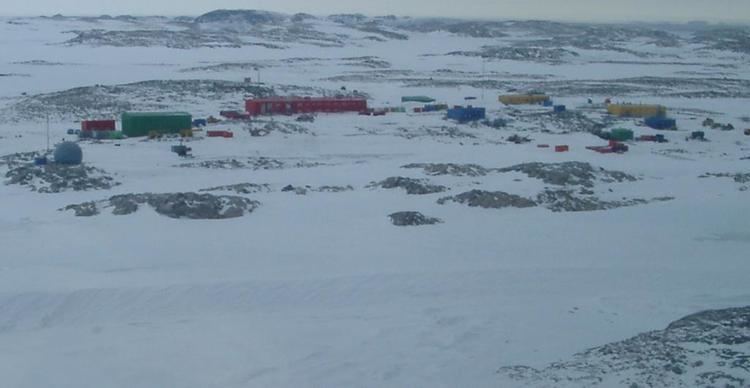 | ||
Established February 1969 (1969-02) Named for Richard Casey, Baron Casey | ||
Living at casey station antarctica
The Casey Station, commonly called Casey, is one of three permanent bases and research outposts in Antarctica managed by the Australian Antarctic Division (AAD). Casey lies on the northern side of the Bailey Peninsula overlooking Vincennes Bay on the Budd Coast of Wilkes Land in the Australian Antarctic Territory, a territory claimed by Australia. Casey is 3,880 kilometres (2,410 mi) due south of Perth, Western Australia.
Contents
- Living at casey station antarctica
- Antarctica casey station re supply 2014
- History
- Current research
- Infrastructure
- Road
- Airstrips
- Climate
- References
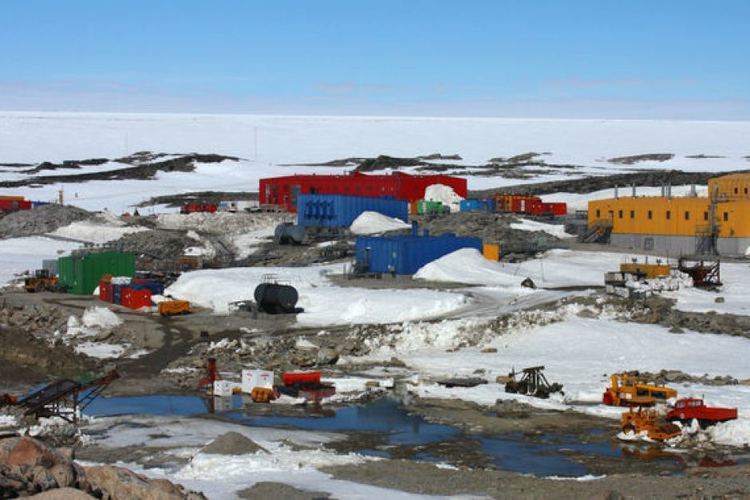
Casey was named in honour of Richard, Baron Casey.
Antarctica casey station re supply 2014
History
Casey is close to the now-abandoned Wilkes Station established by the United States of America to support science and exploration of Antarctica during the International Geophysical Year (IGY) in 1957–1958.

Australia took over Wilkes after the IGY, but the American buildings were already unusable due to the build-up of ice around them. Australia built the first Casey Base, originally as 'Repstat', referring to 'replacement station' on the opposite south side of the Newcomb Bay in 1964 with works completed in February 1969. This set of buildings was a unique attempt to prevent the problem of ice build-up by elevating the buildings on stilts, to encourage the wind to blow beneath as well as above, and connecting the entire line of buildings with a corrugated iron tunnel. This would, it was hoped, clear the buildup of snow each year, while allowing personnel to move between buildings without having to brave the elements. It worked for some time until corrosion occurred.
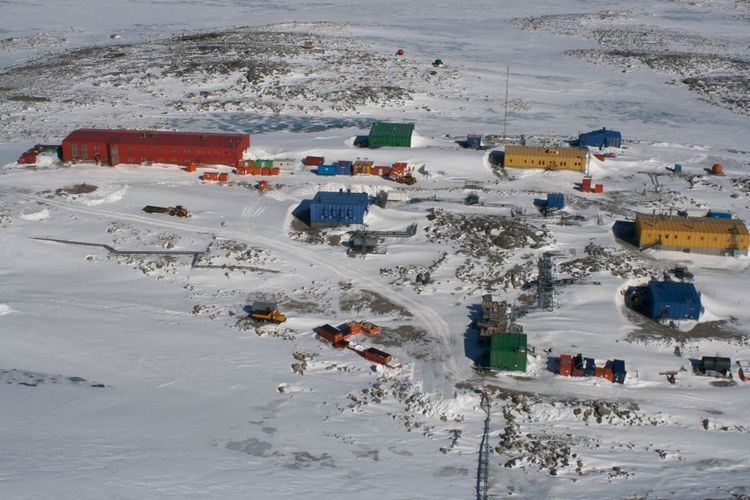
The current Casey Station headquarters (the "Red Shed") was built in the late 1980s as part of the Australian Government's Antarctic Re-building Program. It was prefabricated in Hobart, Tasmania by Hobart construction firm, Contas Pty Ltd, trial-erected on the wharf at Hobart, then dismantled, packaged and shipped to Antarctica. It was erected at Casey by tradespeople employed as workers on the normal summer expedition crews. It incorporates innovative design features to prevent the transfer of heat through the structure. The "Shed" is conspicuously located near the top of the hill on which the old radio masts stood. It is probably the largest single structure on Antarctica and was first occupied in 1988. Antarctica has two other sheds the green shed for storing their food, and the yellow shed for brewing. Homebrew beer is served at the station's bar, "Splinters".
Current research

Since 2008, scientists based at Casey have contributed towards research into study of the Law Dome, the bedrock geology and structure of the East Antarctic ice sheet, and its glaciological processes. In more recent years, Casey has served as a base for marine biologists to examine changes to polar seafloor communities exposed to different carbon dioxide concentrations. Adélie penguin research is also conducted at Casey. Scientists are also studying the influence of climate change and human impacts on extensive and well developed moss beds that grow at an near Casey.
Infrastructure
Access to Casey is possible via a four-hour flight from Hobart, Tasmania; followed by a four-hour ride in an over-snow bus.
Road
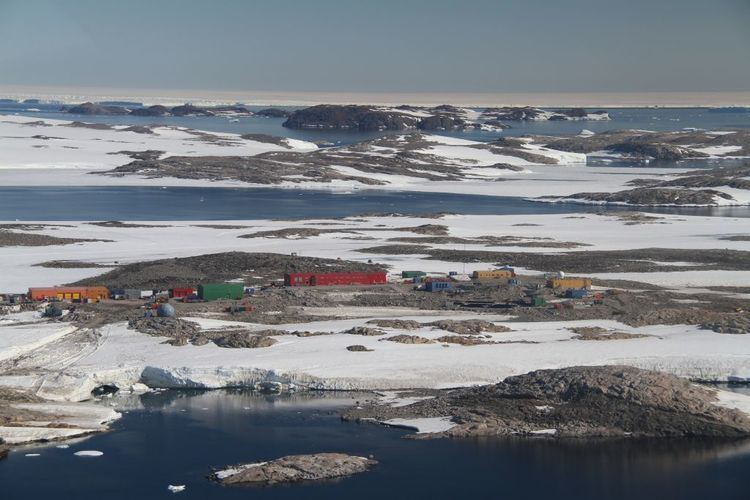
The old and new stations are connected by a 1.5-kilometre-long (0.93 mi) road. The road is excavated by a bulldozer/excavator set at the end of every winter, providing a means to get supplies from the wharf to the new station, leaving ice walls 8 metres (26 ft) tall in places.
Airstrips
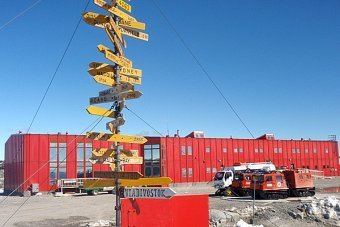
Casey is significant as a transport hub for the Australian Antarctic program, with the introduction of intercontinental jet flights for scientists and operational staff from Hobart to the Wilkins ice runway, 65 kilometres (40 mi) inland from Casey station. The inaugural landing of the AAD's Airbus A319 aircraft was on the evening of 9 December 2007.
The smaller Casey Station Skiway is located 8 kilometres (5.0 mi) east of the station, and opened on 30 December 2004.
In March 2009, the Australian ABC Foreign Correspondent international affairs television program featured air operations at Casey Station as part of a report titled Antarctica - What Lies Beneath.
Climate
Casey Station experiences a polar climate:
